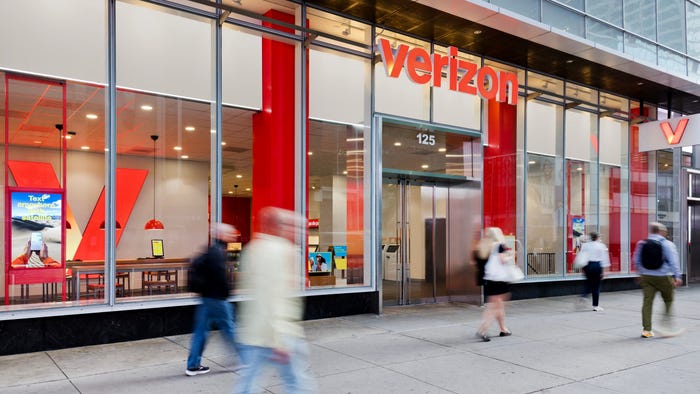Tait Communications to alter company structure, seeks outside capital to pursue key initiativesTait Communications to alter company structure, seeks outside capital to pursue key initiatives
New Zealand-based LMR manufacturer Tait Communications will alter its governance structure, so the company can seek an estimated $20 million in outside capital to finance the pursuit of several growth opportunities, according to Tait Communications CEO Garry Diack.
New Zealand-based LMR manufacturer Tait Communications will alter its governance structure, so the company can seek an estimated $20 million in outside capital to finance the pursuit of several growth opportunities, according to Tait Communications CEO Garry Diack.
Fast-moving changes in the industry are sparking the need for outside capital by Tait Communications, Diack said. Seeking outside financing is a significant philosophical change for Tait Communications, a company that is owned by two charitable trusts that has a “massive aversion to debt,” he said.
“Tait is a mid-sized business that has traditionally funded all of its development from its retained earnings and existing trust shareholders,” Diack said during an interview with IWCE’s Urgent Communications. “The new opportunities that we see coming at us across multiple market segments—public safety, utilities, mining, oil and gas, and transport particularly—it’s like they’re all going to come of age at once sometime in this next 5-8 year period, as people invest in platforms that can be upgraded into an LTE-type environment.
“That means that a development capability funded only out of retained earnings is not going to allow us to move fast enough, so we’re seeking additional capital than what we’ve traditionally had.”
Tait Communications officials hope to complete transitioning the company from a trust structure to a commission structure this summer and secure the outside capital during the second half of the year, Diack said.
“We have a view that we need somewhere around 30 million New Zealand dollars [slightly more than $20 million U.S.], but that all depends on the opportunities,” he said. “The key for us is to establish a structure that allows us to raise capital, which is something we don’t have at present, beyond seeking capital from our existing shareholders.”
Diack said Tait Communications is well positioned to help entities seeking to move from analog to digital LMR systems, but some customers are seeking solutions that enable increased integrated applications with broadband and information-technology (IT) systems that leverage sensor technologies.
“Part of our strategy is to say, ‘What applications does Tait really want to spend time working and developing itself as part of a market-vehicle solutions offering, and which ones do we want our customers to work on themselves? And how do we build a relationship around a long-term performance-improvement relationship rather than just a communications-supplier relationship?’” Diack said.
“All of that takes capital, and that where really want to be spending a lot more of our focus.”
Tait Communications officials plan to use any outside capital to help fund three strategies—internal solution development, partnerships with other companies, and targeted acquisitions, Diack said.
Tait Communications is monitoring the LTE market closely and hopes to develop solutions that can leverage the broadband capabilities of the technology, particularly as it is deployed for public safety and other critical-infrastructure entities, Diack said.
“Our view is that we should be embracing LTE, as opposed to seeing it as something separate,” he said.
However, Diack expressed confidence about the future of LMR communications for the next several years, citing input obtained during a recent visit to the United Kingdom.
“We see that the horizon for traditional LMR—depending on which continent you’re on—as extending itself well out to 2025 and beyond,” Diack said.





